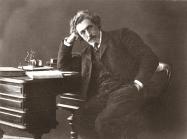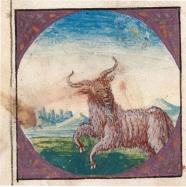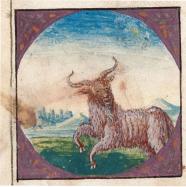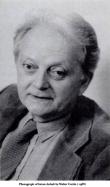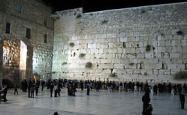(1855 results found)
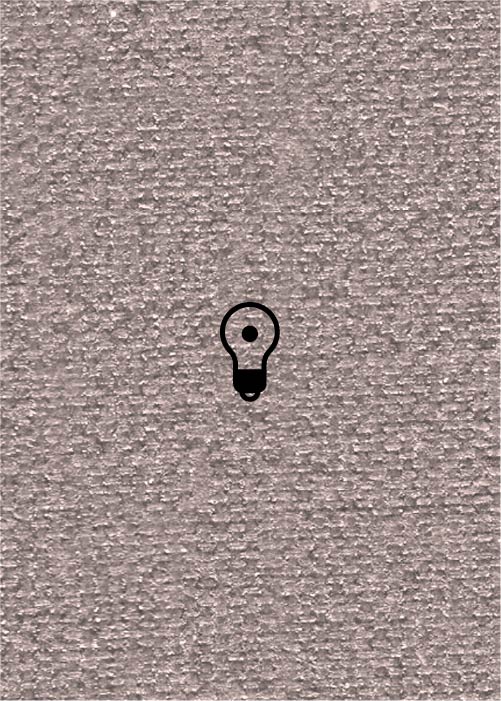
Ve-Hi She-’Amda – Piyyut from the Passover Haggadah
… arisen seeking to destroy Israel, but God rescues Israel from their clutches. The piyyut appears in the Haggadah celebrating the rescue of the slaves from Egypt – the central point of the holiday – which is … the generations. The first words in the piyyut relate the promise and certainty that God exists and protects his …
In Zaltsikn Yam - A Yiddish Workers' Song
… that saw the peasant class as the heart of the nation from which the revolution would arise. … political and national rights for Jews.' Picture taken from the YIVO encyclopedia website . “In Zaltsikn Yam” … answers appears in the next segment: salvation won’t come from the children of the wealthy, educated, the clergy, or …
Had Gadya in Israeli Culture
… below. Detail of the Aramaic and Yiddish translation from the 1526 Prague Haggadah. The song appears for the first … print, perhaps as early as the fifteenth century. Detail from Yiddish translation of H ad Gadya in the 1590 Prague … a transitional form, transmitted perhaps by Jews expelled from France throughout the fourteenth century, among …
Had Gadya
… below. Detail of the Aramaic and Yiddish translation from the 1526 Prague Haggadah. The song appears for the first … print, perhaps as early as the fifteenth century. Detail from Yiddish translation of H ad Gadya in the 1590 Prague … a transitional form, transmitted perhaps by Jews expelled from France throughout the fourteenth century, among …

Shir HaKavod
… but the different lines do not rhyme with each other. From the fifth line onwards, the first letter of each line … three in particular that are well-known. Melody 1: melody from an unknown source. Melody 2: This melody is in the minor …

Anim Zemirot
… please and be accepted by God. The Piyyut is assembled from lines without verses or a refrain. In every line there … rhyme and there are no rhymes between the different lines. From the fifth line and onwards the first letter of each line …
István Anhalt
… World War II in a forced-labor unit of the Hungarian army from which he later escaped and went into hiding. After the …
Atah Ehad
… , Emerich Deutsch, recorded by Judit Frigyesi, Paris, CD ROM 1677 in the National Sound Archive, 5 April 1981 … … setting of a traditional Ashkenazi melody to a prayer from the Min h ah service [1] (Heb. מנחה ) for the Sabbath … melody) testifying that it was already known to the editor from a Hassidic context. …

The Israeli Mediterranean Style
… Alexander U. Boskovich (1907-1964), Mordecai (Starominsky) Seter (1916-1994), and Josef (Grünthal) Tal … referring to the preferred ethnic sources: often derived from the liturgical and para-liturgical musical traditions of …
Arvit
… term was first used in the 16 th century and originates from 'hama'ariv aravim,' the ending phrase of the first … the Shm'a is a prayer which praises God for redeemption from slavery in Egypt. This pattern of three blessings … hashem elokeinu leshalom'), which asks God for protection from danger and harm. This blessing has two versions, the …

